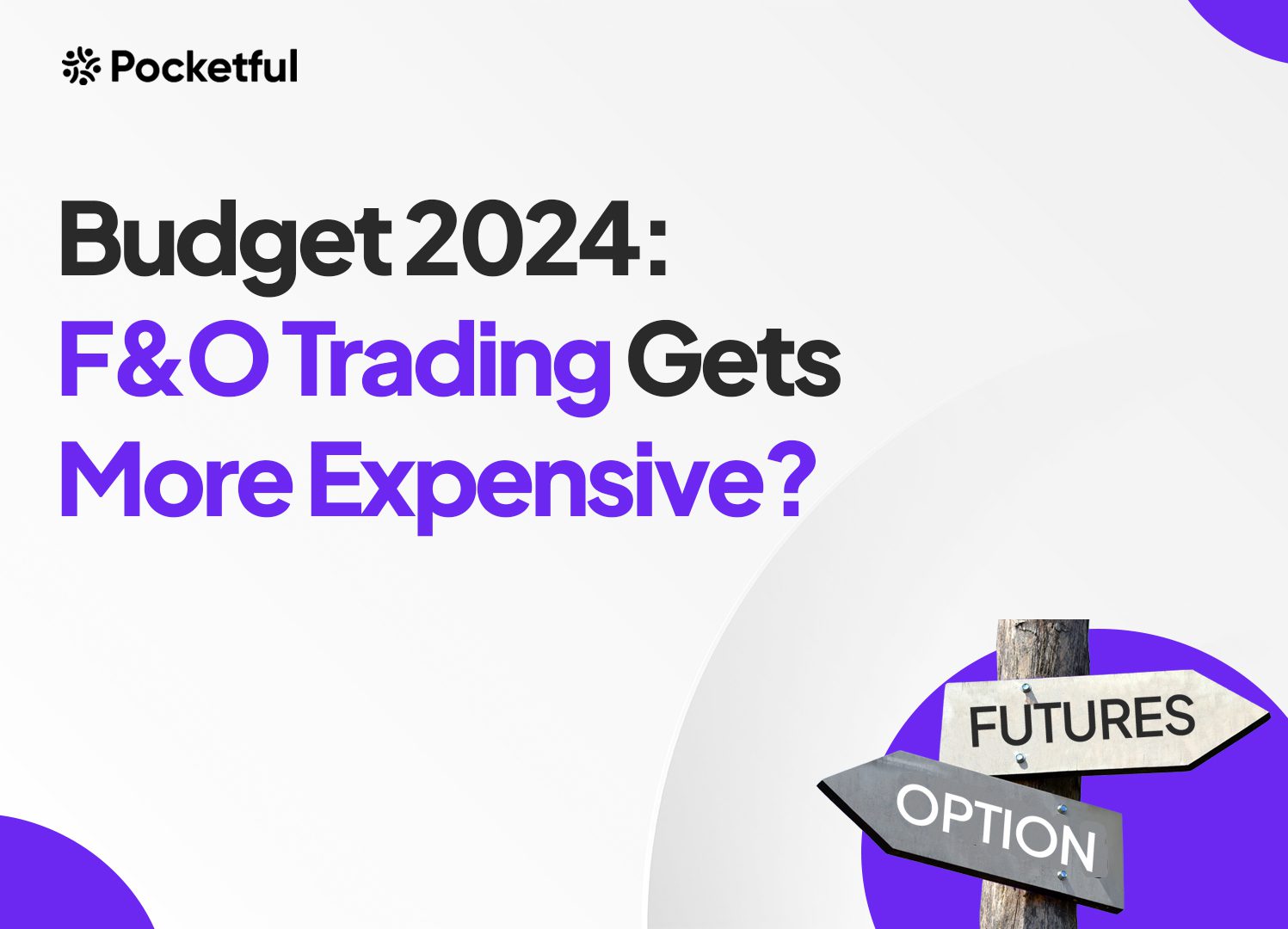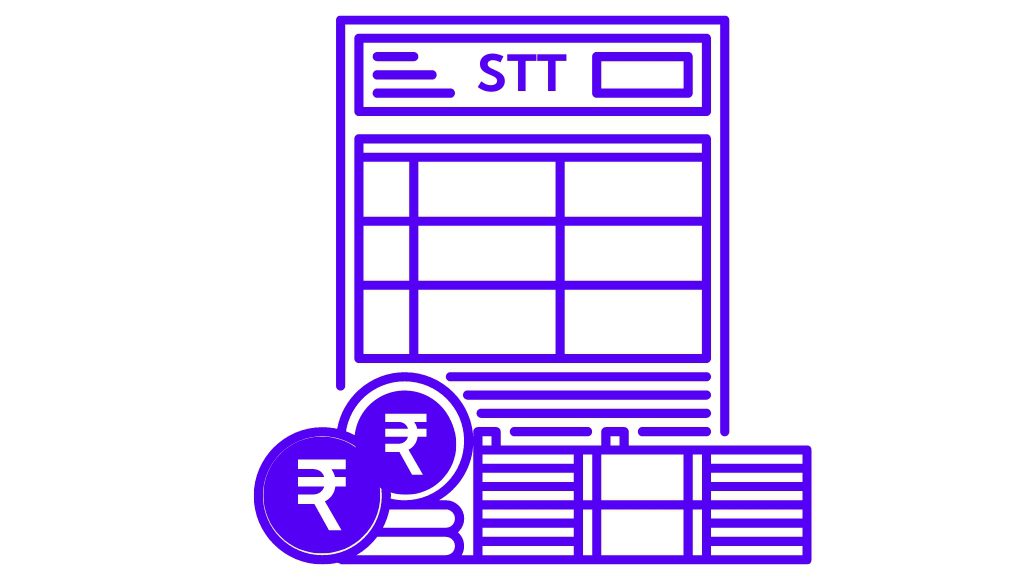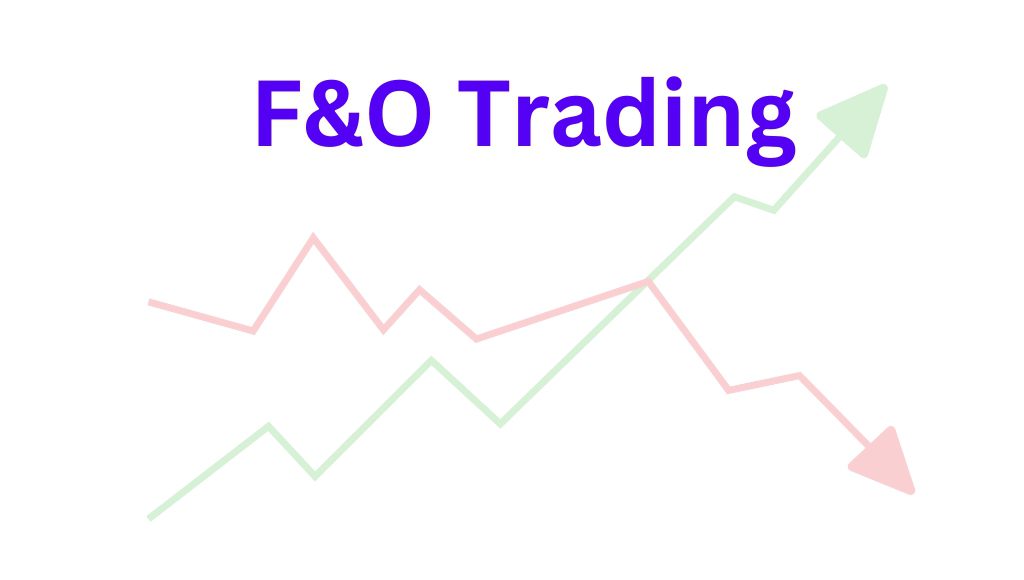| Type | Description | Contributor | Date |
|---|---|---|---|
| Post created | Pocketful Team | Jul-25-24 | |
| Add new links | Nisha | Feb-18-25 | |
| Add new links | Nisha | Feb-18-25 |
Read Next
- SEBI Action on Jane Street: Impact on Indian Markets
- What is Personal Finance?
- Military Wealth Management: Strategies for Growing and Preserving Your Assets
- India’s Republic Day 2025: Honoring the Nation’s Defense Achievements
- 10 Essential Financial Planning Tips for Military Members
- How Do You Apply for PAN 2.0 Online and Get It on Your Email ID?
- 10 Best YouTube Channels for Stock Market in India
- LTP in Stock Market: Meaning, Full Form, Strategy and Calculation
- 15 Best Stock Market Movies & Web Series to Watch
- Why Do We Pay Taxes to the Government?
- What is Profit After Tax & How to Calculate It?
- Budget 2024: Explainer On Changes In SIP Taxation
- Budget 2024-25: How Will New Tax Slabs Benefit The Middle Class?
- Semiconductor Industry in India
- What is National Company Law Tribunal?
- What is Capital Gains Tax in India?
- KYC Regulations Update: Comprehensive Guide
- National Pension System (NPS): Should You Invest?
- Sources of Revenue and Expenditures of the Government of India
- What is Securities Transaction Tax (STT)?
- Blog
- budget 2024 fo trading costs
Budget 2024: F&O Trading Gets More Expensive?

Futures & Options (F&O) trading is no walk in the park—it can take years to become profitable. And with various charges and taxes eating into your profits, it’s a bit of a negative sum game. Now, the Indian government has hiked the Securities Transaction Tax (STT) in the Union budget of 2024-25. But what exactly is STT, and what is the motive behind this increase?
In this blog, we will discuss the changes introduced in the Budget 2024-25 regarding the Securities & Transaction Taxes and explore what it means for traders.
What is Securities Transaction Tax (STT)?

Securities Transaction Tax (STT) is a form of direct tax charged on the buying and selling of securities listed on the stock exchanges, i.e. NSE and BSE in India. It increases the transaction cost for the market participants and reduces overall returns. It was introduced in 2004 by P. Chidambaram, former finance minister. It has the following features:
- STT is calculated as a percentage of the transaction value.
- The rate is different for different assets.
- STT is a source of revenue for the government.
- STT is collected by stock exchanges, i.e., NSE and BSE and then subsequently paid to the central government.
Did you know?
In 2013, brokers and trading members protested against the STT, and the government was forced to lower the taxation rate of STT.
Impact of STT
The STT significantly affects investors and traders in the following ways:
- Transaction Cost – The imposed STT rate elevates the cost of trading, which ultimately reduces net profit, particularly for active traders who trade frequently.
- Liquidity – As the STT increases trading costs and lowers profits, some traders might avoid the market and seek alternative investment options, affecting the overall market volume.
- Investment Strategies – Taxes such as STT may influence investment strategies, prompting market participants to favor long-term investments over short-term trades.
Important updates from Budget 2024-25
The Budget 2024 introduced changes in Securities & Transaction Tax rates applicable to the F&O segment. Experts believe that the STT hike aims to discourage retail traders from engaging in speculative activity in the F&O segment. The changes introduced are:
- STT applicable on the futures increased from 0.0125% to 0.02%
- STT applicable on the options premium increased from 0.0625% to 0.1%
Impact of STT hike on F&O Traders
Let’s understand the impact of change in STT rates on Futures & Options (F&O) trading.
Impact on Futures
Let’s suppose a trader buys 5 lots (1 lot = 25 qty.) of Nifty futures at INR 24,000 and sells it for INR 24,050; then the calculation of STT will be:
As per previous STT rate: The previous STT rate for futures was 0.0125%, which was applicable on the sell side of the transaction. In the above example, the 5 lots of Nifty futures were sold for 24,050, and the STT for this transaction would be:
STT = 0.0125% * 24,050 * 25 * 5 = INR 375.78
As per revised STT rate: The new STT rate for futures is hiked from 0.0125% to 0.02%. Based on the changes introduced in Budget 2024-25, the STT on the transaction would be:
STT = 0.02% * 24,050 * 25 * 5 = INR 601.25
So, the increase in the STT rate has increased the tax liability and decreased the net profit.
Impact on Options
Suppose Nifty is trading at 24,000, and the trader sells 10 lots of call options with a strike price of 24,200 for a premium of INR 60.
– 1 Lot size of Nifty = 25
– Total premium received = 25*10*60 = INR 15,000
For Options, the STT will be calculated as a percentage of the option premium shorted by the trader or the intrinsic value of long options that are exercised. In our example, the trader has initiated a short position, so the calculation of STT is as follows:
As per previous STT rate: The previous STT rate for options was 0.0625%, applicable to the option premium received from the short positions.
STT = 0.0625% * 15,000 = INR 9.375
As per revised STT rate: The new STT rate for options is hiked from 0.0625% to 0.1%. Based on the changes introduced in Budget 2024, the STT would be:
STT = 0.1% * 15,000 = INR 15
From the above case, we can conclude that due to an increase in the STT rate, the trader is liable to pay more in taxes, and thus, returns are reduced.
Read Also: Budget 2024: F&O Trading Gets More Expensive?
Views of SEBI on the F&O Trading

The Securities and Exchange Board of India regulates the financial markets in India and aims to protect the interests of market participants, i.e. the investors and traders. In recent years, there has been a sharp rise in the participation of retailers in the F&O trading. In Q1 2024, 84% of all equity options traded globally were on Indian exchanges, i.e., the NSE and BSE, up from just 15% a decade ago.
According to a study conducted by the SEBI in 2023, 9 out of 10 retail traders lose money in the F&O trading of equity segment with an average loss of INR 50,000. The worst part is the majority of these losses are incurred by those who cannot afford to lose. Now, the SEBI is worried about this and is looking to curb the speculation activity happening in the F&O segment.
In order to protect retail traders, the SEBI formed an expert panel led by G Padmanabhan, former Reserve Bank of India Executive Director. Some of the measures suggested are:
- Proposal to increase the minimum lot size from INR 5 lakh to INR 25 lakh.
- Increase in upfront margin requirements.
- Increased monitoring of intraday position limits.
- Decreasing the number of strike prices for option contracts.
- Limiting weekly options to one expiry per exchange per week.
The expert panel has presented the above measures, and the SEBI is quite serious regarding this and may come up with a consultation paper in the coming months.
Read Also: What To Expect In The Budget 2024?
Conclusion
Securities Transaction Tax (STT) is one of the taxes imposed based on the transaction value of securities. It reduces the net return for the market participants, i.e., Traders and Investors.
In Budget 2024-25, the STT rates for the F&O segment have been increased from 0.0125% to 0.02% for futures and from 0.0625% to 0.1% for options premium. This hike is anticipated to affect market behaviour significantly. Experts suggest that the aim of this increase is to curb speculative trading in the F&O segment.
Frequently Asked Questions (FAQs)
What is STT?
The Securities Transaction Tax (STT) is a form of direct tax charged on the buying and selling of securities. It is levied as a percentage of the transaction value.
What are the changes introduced in Budget 2024-25 related to STT?
The STT was hiked for both futures and options segment. For futures, the STT has been increased from 0.0125% to 0.02%, and for the options premium, the STT has been increased from 0.0625% to 0.1%.
When was STT introduced in India?
In India, the Securities Transaction Tax (STT) was introduced in 2004 by Finance Minister P. Chidambaram.
Why is SEBI worried about rise of retail participation in the F&O segment?
According to a study conducted by the SEBI in 2023, 9 out of 10 individual traders lose money in equity F&O trading, and the concerning part is most of the losses occur by those who can’t afford to lose. This is why the SEBI aims to reduce retail participation in the F&O segment.
Who regulates financial markets in India?
The Securities and Exchange Board of India (SEBI) regulates the financial markets in India.
Disclaimer
The securities, funds, and strategies discussed in this blog are provided for informational purposes only. They do not represent endorsements or recommendations. Investors should conduct their own research and seek professional advice before making any investment decisions.
Article History
Table of Contents
Toggle